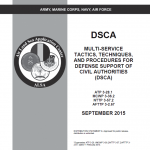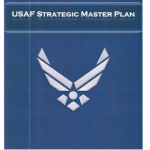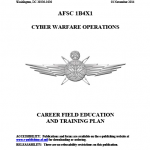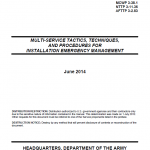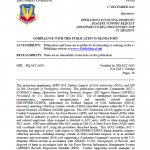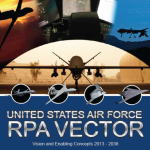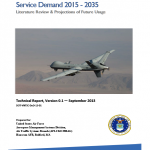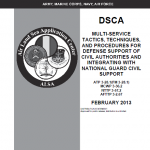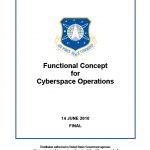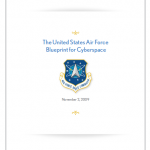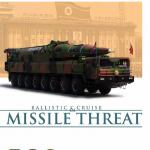
The COVID-19 pandemic sheds an important light on the criticality of futures-based thinking to move us beyond conventional assumptions and positions. In today’s chaotic cycle of rapid change, growing complexity, and radical uncertainty, the national security establishment must develop the skills and flexibility to adapt to the unexpected. To be sure, the fallout from COVID-19 has revealed overlooked vulnerabilities for our supply chains, our society, our economy, and—most pertinent for this report— our national security strategy, which relies on all three. The primary aim of this report is to disrupt how we conceptualize national security futures. Rather than arrive at “definitive” conclusions or prescribe budgetary, policy, or force structure recommendations, this document instead challenges us to consider how the future can defy accepted probabilities to affect the Department of Defense and the Department of the Air Force.

